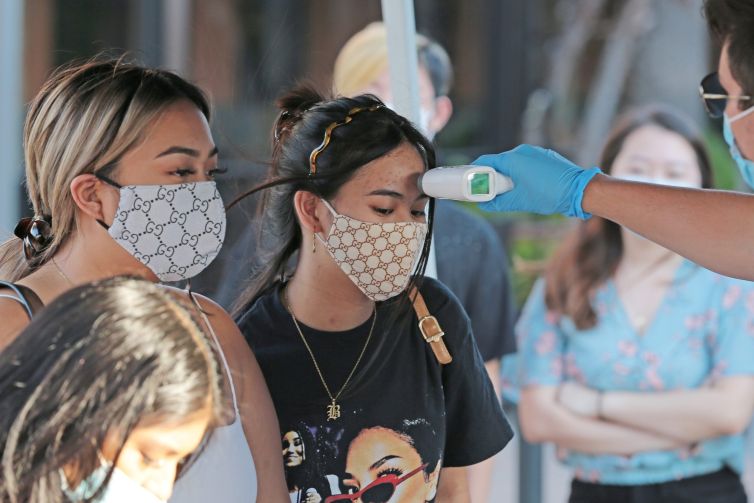US Malls See Pre-COVID Level Crowds for the First Time
July was the first month that mall visits in America reached, and slightly exceeded, 2019 figures
By Greg Cornfield August 12, 2021 4:30 pm
reprints
America’s malls are on an unlikely rebound.
Shopping centers entered the pandemic on the decline, with the booming e-commerce industry and an impending narrative of a “retail apocalypse.” That was before the coronavirus forced unseen business restrictions and devastating lows.
But mall foot traffic is recovering this summer, with overall visits and consumer behavior returning to pre-COVID patterns. New data from Placer.ai — covering 100 indoor and 100 outdoor shopping centers — show July was the first month that mall visits in America reached, and slightly exceeded, 2019 figures.
Despite pessimistic predictions both before and during the pandemic, indoor malls have been proving to be more sustainable. Traffic is expected to increase even more through August with back-to-school sales underway, putting retail’s rebound in line with the other COVID-hit industries, as visits are on track to recover by the end of the year.
Placer.ai reported that shopping malls renovated in the past three years, like the Scottsdale Fashion Square in Arizona, even managed to surpass their pre-pandemic levels of foot traffic. Traffic data also indicates that competition between malls is higher now than it was in 2019, and that expectations of a wider decline for indoor malls have been grossly exaggerated. The report did not track retail sales.
The stats are far from equal, with some locations clearly improving faster than others, and some still showing sharp declines. Analysts argue that shopping centers in suburban areas have been recovering faster than in urban areas, and vacancy rates in indoor malls will continue to exceed those in suburban shopping centers and strip malls through the end of 2021.
The Mall of America in Bloomington, Minn., the nation’s largest mall, is still about 10 percent below its 2019 foot-traffic levels. Meanwhile, the third-largest mall in the country — the King of Prussia mall in Pennsylvania — has seen 3.4 percent fewer mall visits, and the foot traffic at Destiny USA mall in Syracuse, N.Y., fell 17.6 percent compared to two years ago.
Gregory Cornfield can be reached at gcornfield@commercialobserver.com.


